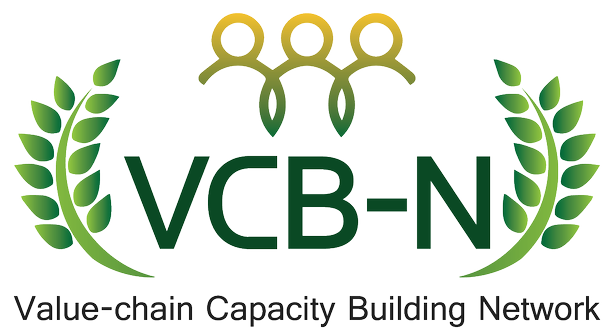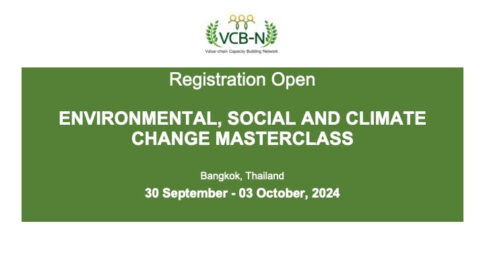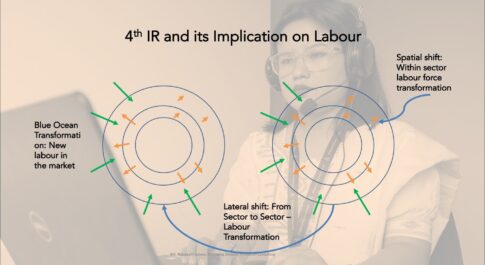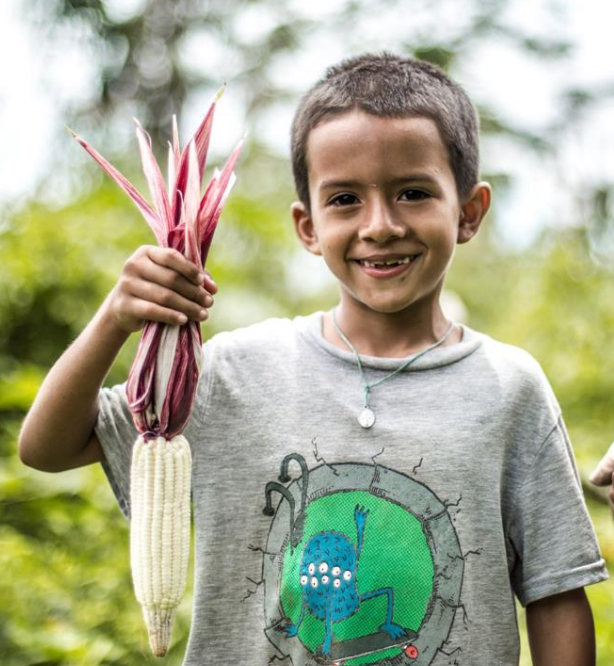
Good practice
Improving Seed Quality by and for Smallholder Farmers
The following good practice is conducted by Cheatthro Prak. The case study was selected and presented in Mekong Knowledge and Learning Fair (IFAD) by representative from Cambodia.
(For presentation in the event, please click here)

Background
The Tonle Sap Poverty Reduction and Smallholder Development Project (TSSD) was implemented 2010- 2017 across five provinces on the north-eastern side of the Tonle Sap namely Banteay Meanchey, Siem Reap, Kampong Thom, Kampong Cham and Tboung Khmum. The project was implemented through two Executing Agencies namely the Ministry of Agriculture, Forestry and Fisheries (MAFF) and the National Commission for Democratic Development Secretariat (NCDDS). Currently in Cambodia, there is a serious under-supply of good quality rice seed, and particularly for the varieties that need to be grown for export markets. The Royal Government of Cambodia has place considerable emphasis on increasing the volume of milled rice that is exported to at least one million tons by the year 2015. The main demand for Cambodian milled rice export is the aromatic (fragrant) rice varieties that have earned recognition on the international markets. At the outset of the TSSD project there were very limited supplies of good quality seed of these aromatic rice varieties available for purchase by farmers.
Innovations / Good Practices
Over the last five years from 2012 to 2017, good practices can be summarised as follows:
- A survey was conducted in selected communes in each of the target provinces to collect information on the post popular rice varieties being grown by farmers. Based upon the results of this survey the MAFF/GDA (General Directorate of Agriculture) contacted Cambodia Agriculture Research Development Institute (CARDI) to arrange for the procurement of foundation seeds which were used initially for both registered and certified seed production.
- For rice seed production two Agriculture Station (Ass) were selected, Balang station in Kampong Thom and Tuk Vil station in Siem Reap provinces.
- The TSSD invested in the various infrastructural improvements at both stations mainly focused on storage and facilities as well as field equipment. Each station was enabled to establish a degree of financial autonomy by retaining revenue earned from the sale of seed to finance their operating costs including the purchase of the foundation seed supplies from CARDI.
- Certified seed was produced by seed growers who were members of Rice Seed Production Groups (RSPGs) in each target province. Six of these groups already existed before 2012 and others had to be established by TSSD and as a result, a network of 35 RSPGs has been formed.
- Based upon the findings of surveys, 16 of the RSPGs were provided with small storage warehouses and a range of other field equipment was provided to all the groups.
- Farmer field schools on rice seed production were conducted for all the RSPGs and they were supplied with initial quantities of registered seeds of selected varieties to enable them to commence their certified seed production programs.
- The stations were provided with small trucks and they commenced buying the certified seed from the groups, and, after drying and cleaning the stations marketed the seed mainly to larger buyers.
Impact
The Project benefitted about 630,000 households with 1.0 hectares or less (or about 2.5 million people) in 196 communes in these five provinces through investments, training and capacity building, and field demonstrations of improved livelihood practices and follow-ups. The programme has created an efficient and sustainable seed industry that meets the needs of farmers both for food security and at the same time providing a surplus of high quality rice for export, thus contributing to the improvement of rural livelihoods and national economic growth. This trend can be expected to continue in the future as more farmers are aware of local seed suppliers (i.e. RSPGs) and have recognized the need to switch varieties in response to the impact of climate change and the modified weather patterns that they now face in terms of more erratic rainfall distribution and periods of harsher drought.
Facilitating Factors / Challenges
- Inadequate dissemination of technical information and poor awareness of the value and advantages of using good quality seed;
- Seed quality standards and a certification system have not yet been developed or implemented;
- Lack of transparency in import and registration procedures, leading to a large informal trade with little information about the quality of the imported materials;
- Difficulty of planning seed production due to uncertain demand from farmers;
- Limited awareness about varieties and market requirements leading to milled rice being sold s mixed varieties at a lower market price;
- Lack of clear differentiation between rice grain and seed, so famers are reluctant to pay a premium for seed;
- Insufficient benefit from using quality seed due to weaknesses in the value chain after harvest.
Lessons Learned
- One fundamental problem faced by the seed industry in Cambodia is that the production and marketing of rice seed is a relatively unprofitable activity and therefore unattractive for private investors, despite the importance of quality seed as an input; However, the constraints outlined above are not primarily technical; they relate more to matters of finance, organization and the institutional framework;
- The use of contract farmers for seed production should be strongly encouraged to promote seed growing and benefit more farmers;
- To achieve good management of the seed sector, a Seed Management Unit (SMU) is to be established by MAFF/GDA to manage the regulatory functions and act as a focal point for all activities and information related to seeds and planting materials;
- MAFF should encourage and support the participation of processors and exporters in the seed supply mechanisms to promote the production of the varieties most in demand and to reduce the percentage of poor quality products in the market.
Recommendations
Involve larger scale semi-commercial farmers who can become registered seed growers. Currently, the only source of foundation seed in Cambodia is CARDI. The availability of registered seed is also a constraint in the seed production process. With estimated annual requirements of at least 1,000 tons this equates to the availability of at least 400 hectares of land for registered seed production. The two stations developed by the project do not have the capacity to produce sufficient registered seed to satisfy the expected demand in the provinces in which they are located, aside from satisfying demand from other provinces.
Adopt collective marketing of their certified seed. The system that was introduced for the ASs to buy directly from the RSPGs may have helped to overcome this problem. However, the fact remains that in the long run for the RSPGs to become successful seed producers and market their seed to buyers at a good price, they will need to adopt collective marketing of their certified seeds. The groups should also seek to enlarge their membership so that more farmers become involved in the seed production program and the production capacity of the group can be enlarged.
Increase the awareness of farmers for certified seeds. in the future demand for certified seed will depend on the degree to which farmers recognise the need for more regular seed replacement, and the extent to which they switch varieties particularly in response to climate change. This will provide an opportunity for the RSPGs to expand their production programs and recruit more farmers into the groups.
You may want to read








